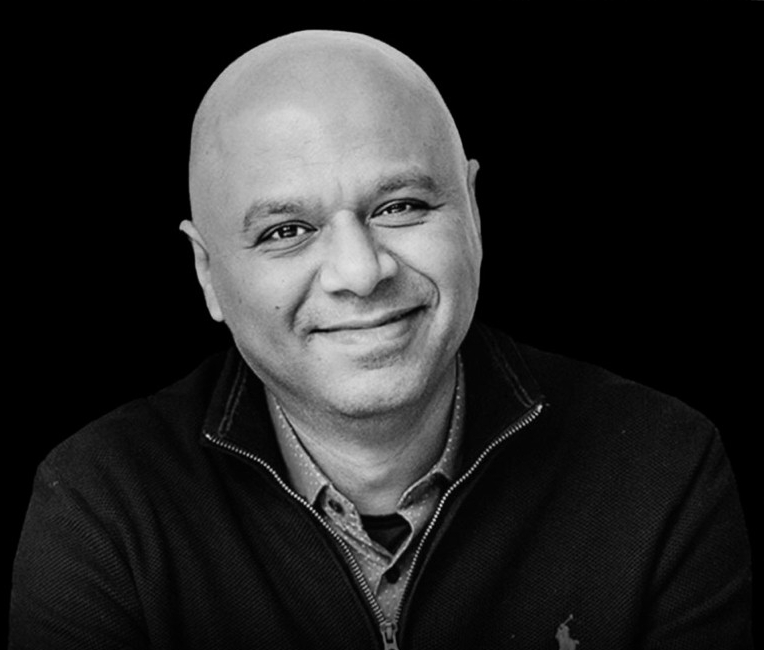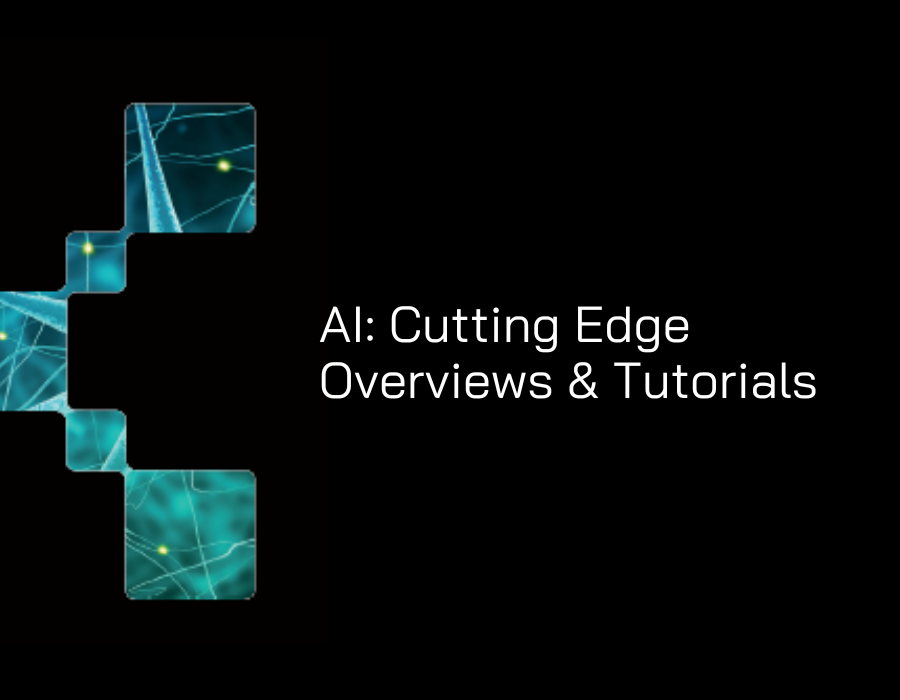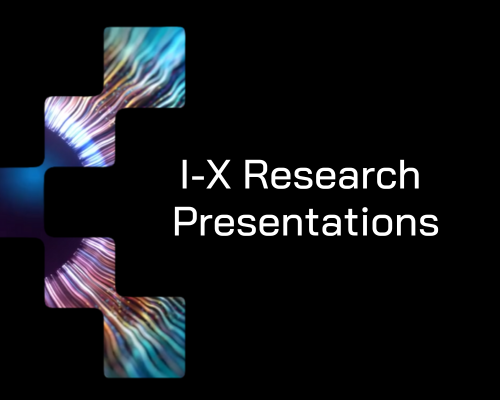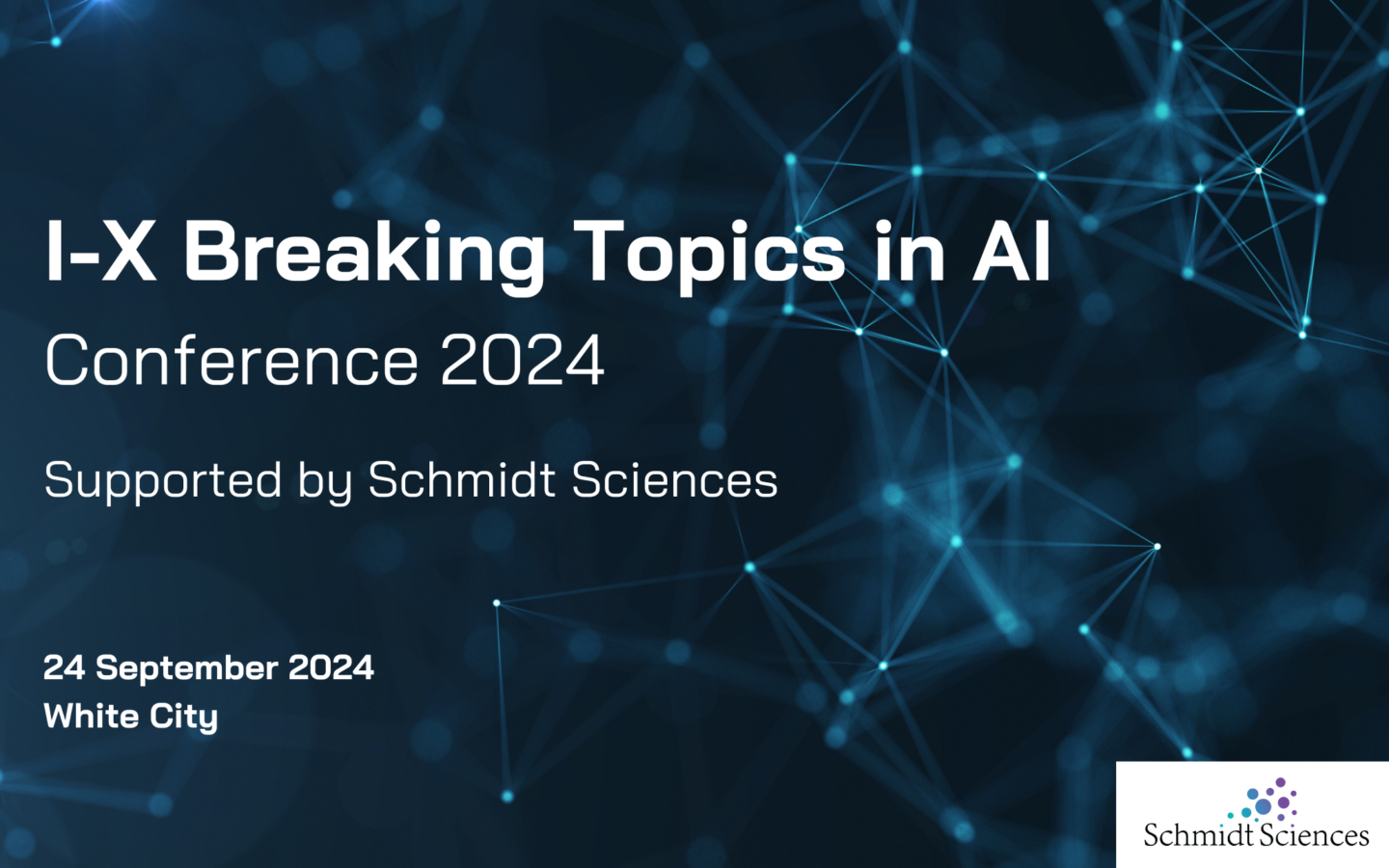Talk Summary
This is IX’s new seminar series where we invite industrial and academic leaders in AI to discuss the latest advancements in AI theory and applications. We hope to bring together researchers working on the fundamental aspects of AI and those using it in applications such as health, materials sciences, biology, security and more, stimulating interesting discussions and creating new collaborations.
Title: Can Earables Revolutionise Continuous Vital Sign Monitoring?
Abstract: Do you know that someone has a heart attack by the time you finish reading this abstract? Indeed, every 40 seconds, a heart attack occurs, and a heart attack fatality occurs about every minute. For long, medical science has established that frequent monitoring of heart rate and blood pressure is the key to mitigating significant risks for stroke, heart failure and coronary artery disease. Current gold-standard vital sign monitoring devices are invasive, cause discomfort and interfere with users’ activities. We challenge this status quo and ask – can your next earable be the secret weapon to manage your cardiovascular health? We aren’t talking PopSci here, but the remarkable capabilities of a sensory earable – ushering a new pathway to a healthy heart. However, ensuring the accuracy and robustness of in-ear vital sign measurements is the most complex challenge in this vision. This talk will reflect on the algorithms and their systematic characterisations to address this challenge in continuously measuring the five most critical vital signs in our ear – Heart Rate (and Heart Rate Variability), SPO2, Respiration Rate, Temperature and Blood Pressure.



